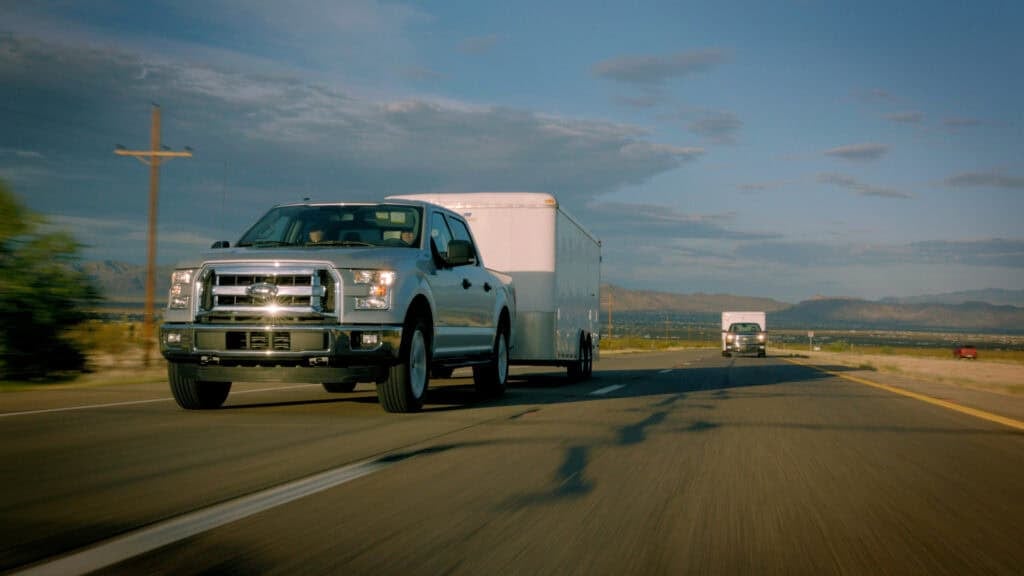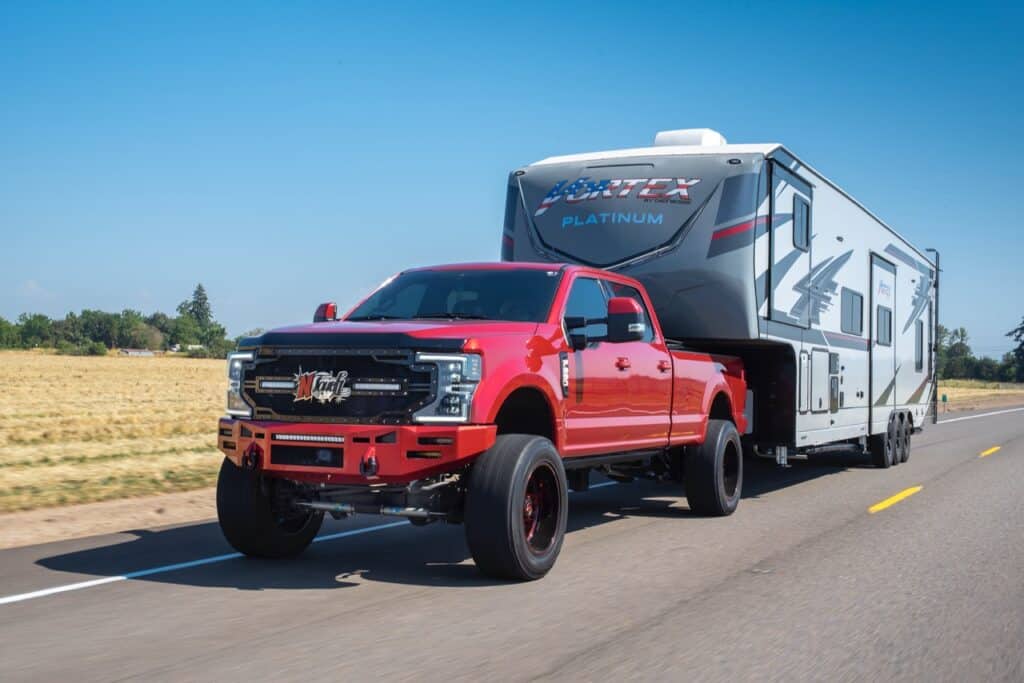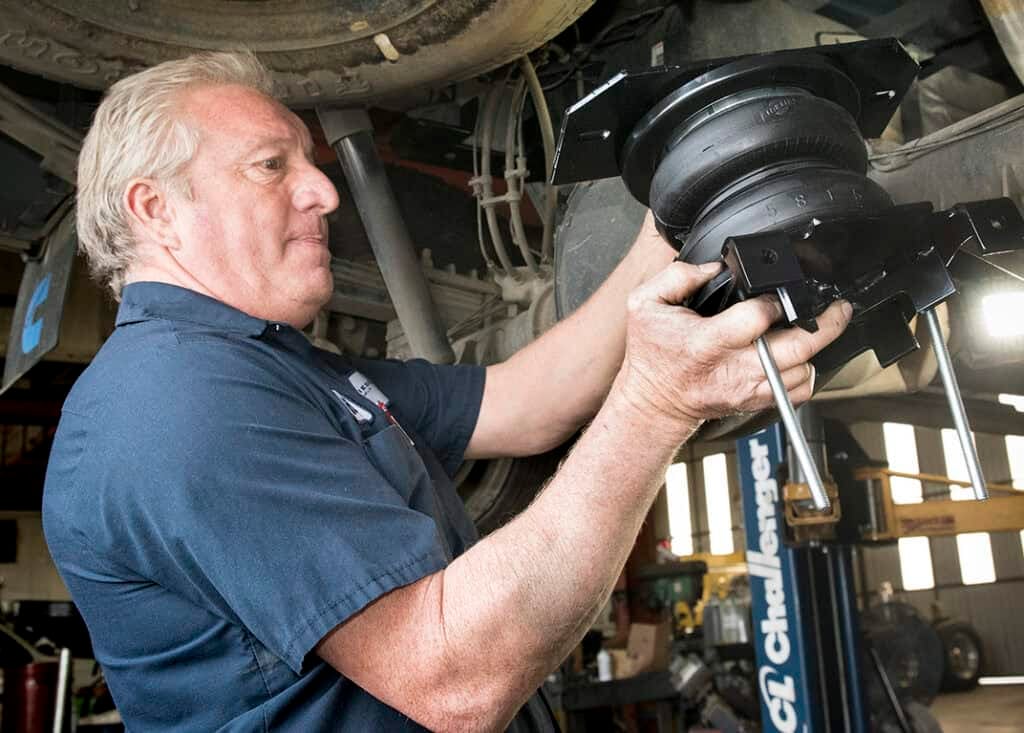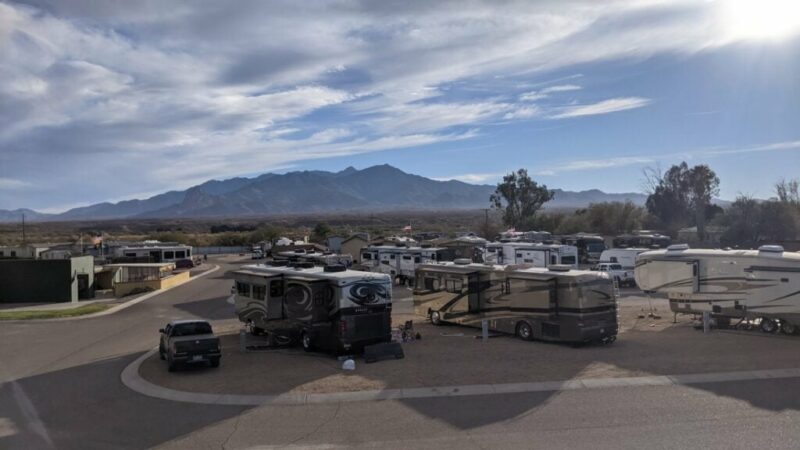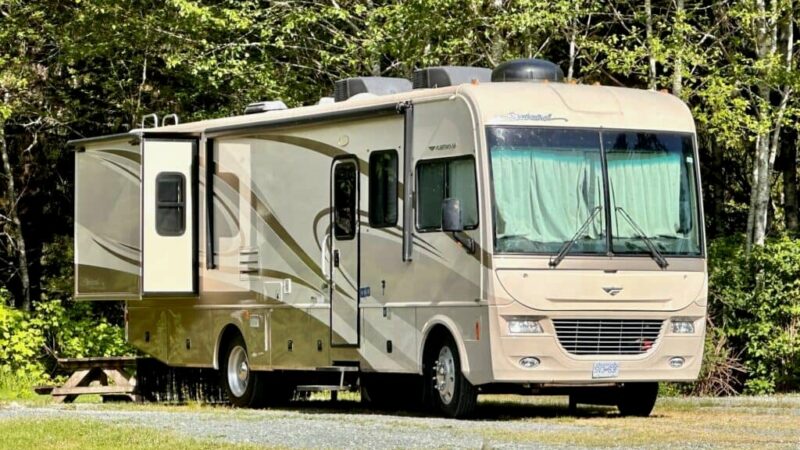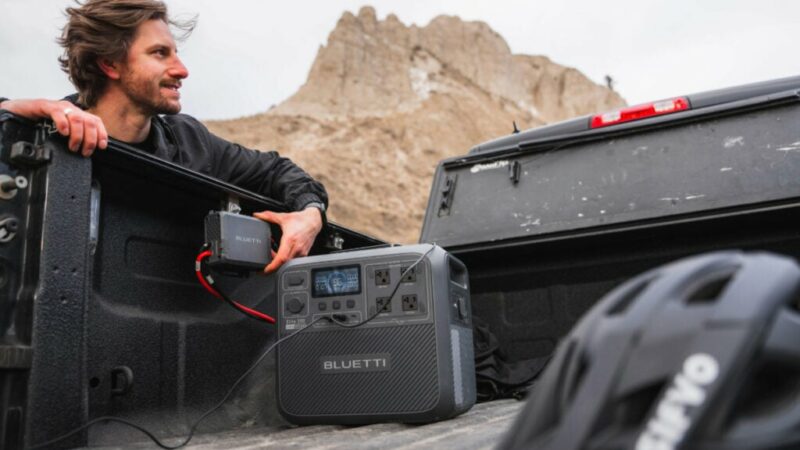Can You Increase a Vehicle’s RV Tow Rating?

Calculating RV Tow Ratings
Many drivers view speed limits as mere suggestions that can be exceeded based on what they see around them. If there are no radar-toting law enforcement types in the area, the posted speed limit is largely ignored. As you know, that’s not a recipe for success, nor for safety.
Some RVers have the same attitude when it comes to RV tow ratings and load capacites. That’s also faulty thinking. RV tow ratings are not arbitrary numbers put together by a random engineer in Detroit. They are set in stone by the vehicle manufacturers.
Vehicle manufacturers set tow ratings and gross combination weight ratings (GCWR) for all vehicles designed to tow trailers of any type. The maximum weight ratings placed on vehicle door placards are determined by extensive real-world testing in accordance with SAE J2807.
SAE J2807 was established in 2008 by SAE International. It was passed to set a standard for determining the towing capacity (and GVWR) of tow vehicles with up to a 14,000-pound GVWR. That allows North American consumers to more accurately compare vehicles and RV tow ratings from different manufacturers.
How Vehicle Weight Ratings Are Determined
The tow rating of a vehicle is the result of a battery of SAE real-world tests that measure acceleration, braking, grade climbing, park brake, emergency lane change, cornering, and trailer-sway response. These tests are all done at the manufacturer’s pre-set maximum trailer rating and GVWR. Each of these tests has its own SAE International criteria to pass.
Trailer tow ratings and GCWR limits are set after the vehicle being certified passes a number of field tests. These tests include everything from acceleration to braking to handling.
The acceleration test requires single-wheel trucks, loaded to maximum GVWR capacity, to reach 30 mph from a dead stop on level road in 12 seconds; 0–60 mph in 30 seconds; and 40–60 mph in 18 seconds. A dually has to achieve that acceleration in 14, 35, and 21 seconds, respectively.
With the loaded vehicle’s brake system, braking must be completed in 45 feet or less from 20 mph with trailer brakes. That number moves to 80 feet without the aid of trailer brakes. Similar brake testing is done on a 12-percent grade.
Davis Dam Testing
Another test is for the vehicle’s cooling system. The fully loaded vehicle is sent up the famous Davis Dam grade on Arizona SR68. This is an infamous hill for RVers, especially in summer. That’s why SAE International chose the location when vehicle certification came into play.
The test requires a fully loaded single-axle pickup to climb the steep, winding 11.4-mile stretch of highway in 100-degree weather with the A/C blowing at max power. All while maintaining a minimum speed of 40 mph without throwing any codes, breaking parts, or overheating. A dually has to maintain 35 mph in this test.
Computer Simulations and Field Testing
“Tow ratings are determined by a number of variables,” reiterates Nick Cappa, manager of global communications for Stellantis/RAM Brand. “A large team of engineers consider all the components in a RAM truck and the maximum tolerance of each while maintaining the durability expectations of our customers and adhering to SAE J2807 standards. We also use data from more than 100 years of building quality trucks.
“With the assistance of technology, we run simulations before actual testing. Each piece must stay well within acceptable parameters, and the simulation helps us determine outcomes for even the most unusual drive cycles,” Cappa says. “Engineers also test ride quality and handling characteristics at full load for proper stability control calibrations.”
Cappa’s description of setting vehicle towing and other weight limitations are the same as those of the other manufacturers. That includes Ford, GM, Toyota, and all other vehicle manufacturers. Those ratings are set in stone after a significant amount of real-world research.
Will Upgrades Increase RV Tow Ratings?
That’s the million-dollar question. Will the installation of aftermarket engine and suspension parts increase a vehicle’s RV tow rating and other weight ratings? As far as the vehicle manufacturer is concerned, NO. Absolutely not.
That is made clear in every pickup owner’s manual and digital towing guides. They note: “Combined weight of vehicle and trailer cannot exceed listed GCWR.” They also state, “Do not exceed the Maximum Loaded Trailer Weight.”
Tow Vehicle Overloading And Liability
The reasoning goes back to the way the weight ratings were established. Driving an overloaded vehicle that exceeds the RV tow rating puts undo stress on the vehicle. That stress shortens the life of everything from the engine and brakes to the suspension and differentials. Tires wear faster, handling diminishes, and the cooling system gets overtaxed.
If you are in an accident where someone gets injured or property is damaged, and your tow vehicle was exceeding the weight ratings, you potentially expose yourself to civil liability.
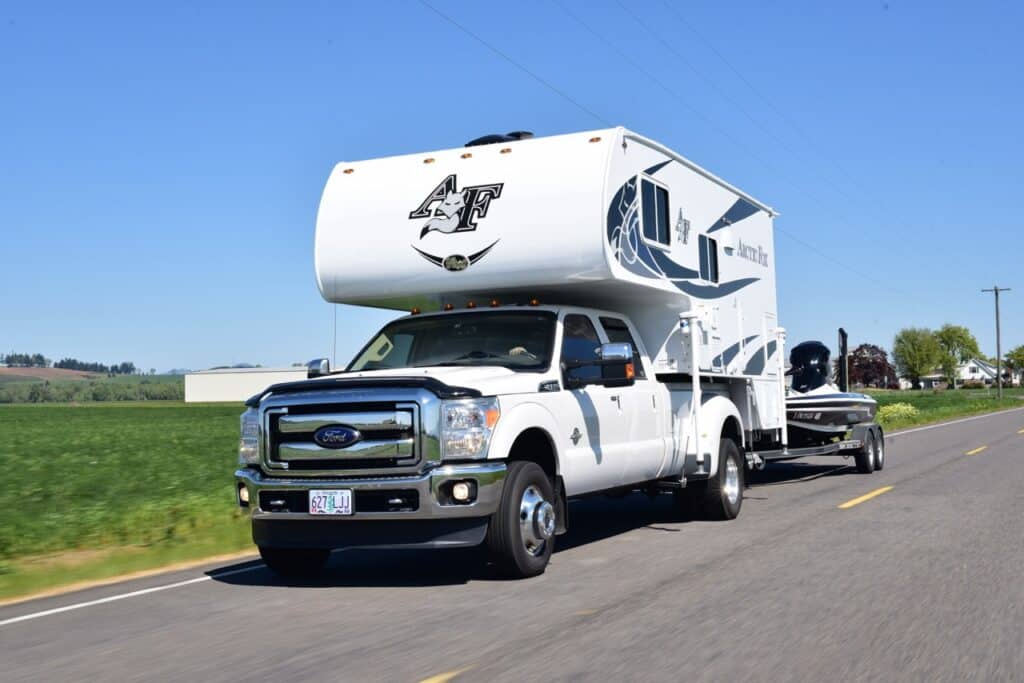
“The responsibility for ensuring that a vehicle is not overloaded falls primarily on the driver and the owner of the vehicle,” says the King Lawyer website. “They must be aware of the weight limits applicable to their specific vehicle and ensure compliance with these regulations.
“If a driver or vehicle owner knowingly or negligently exceeds the weight limits, they may be held legally responsible for any resulting damages or accidents,” King Lawyer explains. This responsibility extends to personal injury or property damage and also to potential violations of traffic laws and regulations.”
Tow Safe, Tow Smart
To be safe, NEVER overload your vehicle. Stay within the manufacturer’s weight ratings for towing or while hauling a camper. When you upgrade your tow vehicle with aftermarket parts, understand that they will only potentially improve performance. They will NOT increase towing and cargo capacities.
What Can Aftermarket Mods Actually Do?
You can make modifications to help keep the vehicle level, improve cornering, get better traction, sit taller, increase engine power, ride smoother, and improve ground clearance. But there aren’t any modifications that increase the factory RV tow ratings or GCWR. If an aftermarket manufacturer claims its part(s) increases your specific vehicle’s factory-set towing or cargo capacities, have them provide the SAE International documentation supporting their claim. We bet they can’t.
The Verdict
So, how do you increase a vehicle’s GCWR or RV tow rating? You don’t. Once you find your perfect trailer, purchase a tow vehicle that is rated by the manufacturer to handle the weight of the fully loaded trailer. That will lead to a safe, happy, and legal towing experience.
The post Can You Increase a Vehicle’s RV Tow Rating? appeared first on RV LIFE.
Source: https://rvlife.com/how-are-rv-tow-ratings-determined/

